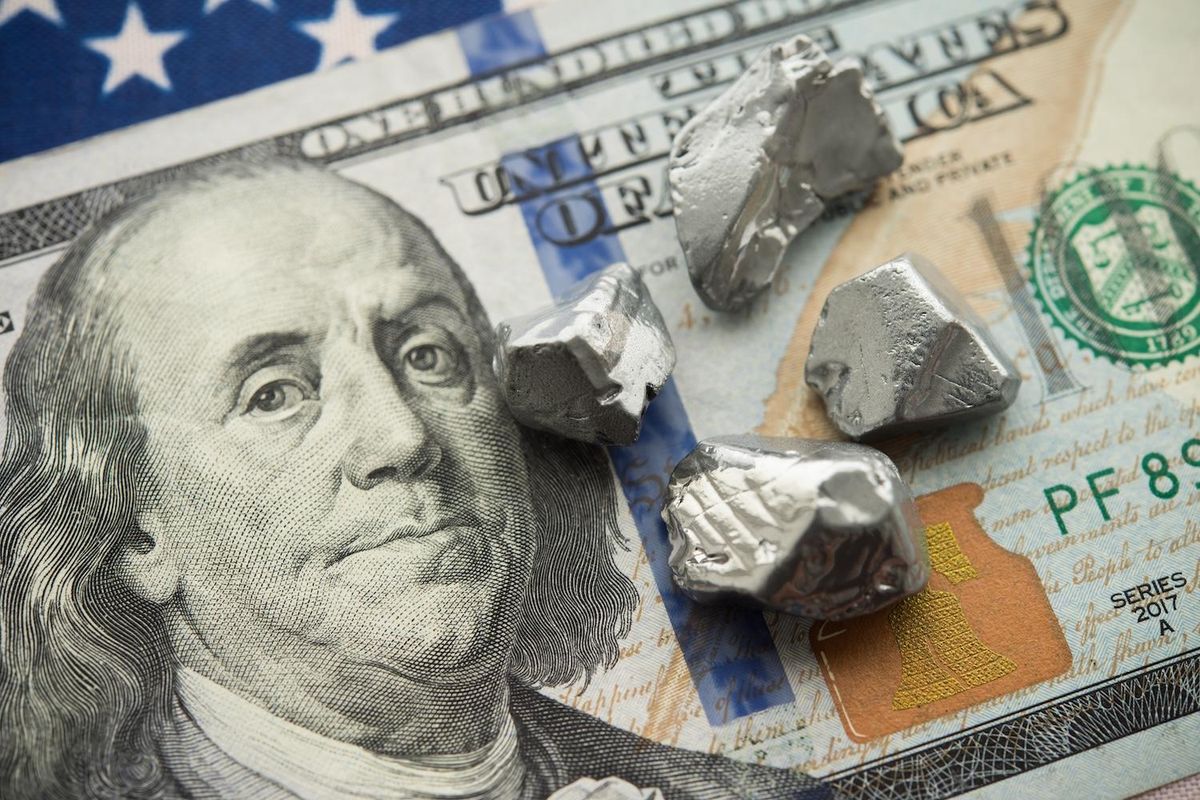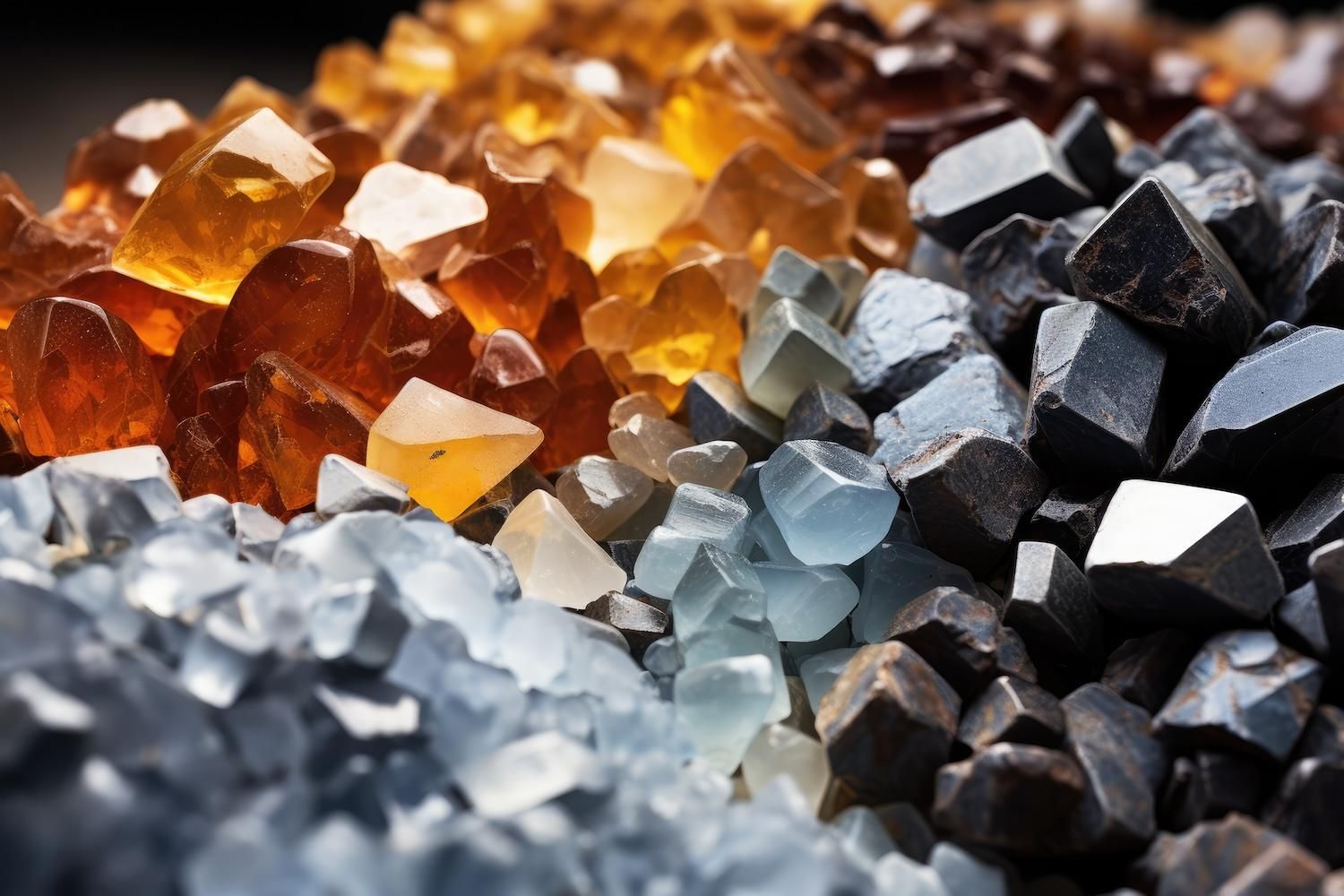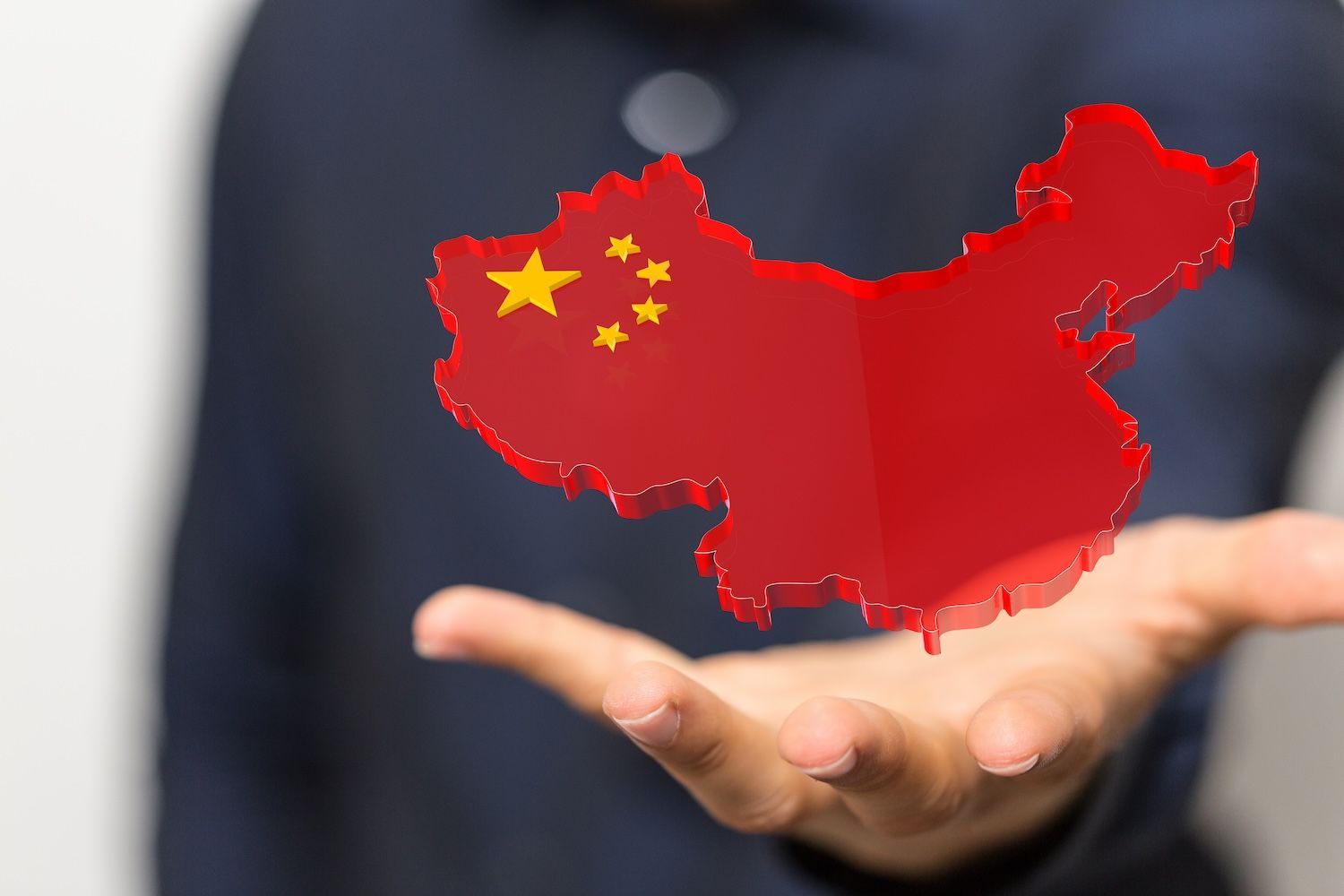
- WORLD EDITIONAustraliaNorth AmericaWorld
June 22, 2025
DY6 Metals Ltd (ASX: DY6, “DY6” or the “Company”) is pleased to announce the initial visual estimations from the reconnaissance exploration program at the Douala Basin HMS Project, Cameroon. Desktop studies incorporating detailed geological mapping, geophysics, and known mineral occurrences, were used to define initial, high priority targets for ground- truthing. The reconnaissance programme, which consisted of hand auger and channel sampling, was successful in identifying high estimated concentrations of heavy mineral (HM) mineralisation across all the six tenements that make up the project. Additionally, the Company’s consultants have observed the presence of natural rutile grains within panned concentrates.
HIGHLIGHTS
- The Company’s reconnaissance auger and channel sampling programme has been completed at the Douala Basin HMS Project
- Reconnaissance sampling undertaken across the 6 Douala Basin tenements has identified thick zones of high estimated concentrations of heavy minerals (HM) as well as natural rutile
- Work at the Douala Basin Project followed up on historical HM occurrences identified by previous Eramet drilling, as well as priority areas identified through the Company’s internal reviews
- Samples collected from the reconnaissance program are due to be submitted for laboratory analysis in the coming weeks, with results expected in the September quarter
- At Douala Basin, exploration will transition to a detailed campaign of auger drilling
Samples collected from this initial exploration programme are currently being prepped for dispatch to the Company’s laboratory for analysis in South Africa, with results expected in the September quarter.
Technical Consultant, Cliff Fitzhenry, commented: “While the Company’s primary focus is on the Central Rutile Project, where we have recently reported the presence of wide-spread residual natural rutile mineralisation, we believe that the Douala Basin HMS project has significant potential. The reconnaissance programme has over the last few weeks demonstrated the potential of the area, with the identification of high concentrations of visible heavy mineral sands across the project tenements through a mixture of auger, channel, and soil sampling work. Pleasingly, we have also observed natural rutile grains at Douala Basin.
We look forward to the assay results of the reconnaissance programme in the coming months.”
Reconnaissance exploration at the Douala Basin HMS Project
As announced on 5 June 2025, the Company commenced reconnaissance auger and grab sampling programmes at the Central Rutile and Douala Basin HMS projects, Cameroon. At the Douala Basin project, the Company has completed 12 hand auger drill holes (refer Figure 1), collecting 53 samples in the process, as well as collected 38 channel samples from 11 surfaces for analysis (refer Tables 1 & 2).

Cautionary Statement:
The Company cautions that, with respect to any visual mineralisation indicators, visual observations and estimates of mineral abundance are uncertain in nature and should not be taken as a substitute or proxy for appropriate laboratory analysis. Visual estimates also potentially provide no information regarding impurities or deleterious physical properties relevant to valuations. Assay results from the drilling and sampling programmes will be required to understand the grade and extent of mineralisation. Initial assay results are expected in August 2025.
Click here for the full ASX Release
This article includes content from DY6 Metals, licensed for the purpose of publishing on Investing News Australia. This article does not constitute financial product advice. It is your responsibility to perform proper due diligence before acting upon any information provided here. Please refer to our full disclaimer here.
DY6:AU
The Conversation (0)
10 July 2024
DY6 Metals
Developing new sources of critical minerals to power the green energy transition
Developing new sources of critical minerals to power the green energy transition Keep Reading...
24 July 2024
Quarterly Activities Report for the Period Ended 30 June 2024
Heavy rare earths and critical metals explorer DY6 Metals Ltd (ASX: DY6) (“DY6”, “the Company”) is pleased to present its quarterly activities report for the June 2024 quarter. Tundulu (REE)Historical high-grade drill intercepts reported at Tundulu including1:101m @ 1.02% TREO, 3.6% P2O5 from... Keep Reading...
02 July 2024
Reconnaissance Sampling Program Commences at Ngala Hill PGE Project to Follow up Historical Targets
DY6 Metals Ltd (ASX: DY6, “DY6” or the “Company”), a strategic metals explorer targeting Heavy Rare Earths (HREE) and Niobium (Nb) in southern Malawi, is pleased to report it is preparing for commencement of a reconnaissance program at the Company’s highly prospective PGE project at Ngala Hill... Keep Reading...
29 June 2023
Heavy Rare Earths & Niobium Explorer DY6 Metals Lists On ASX Following Successful $7M IPO
Heavy rare earths and niobium explorer DY6 Metals Limited (ASX: DY6) (“DY6”, “the Company”) is pleased to announce that its shares will begin trading on the Australian Securities Exchange at 9am Perth today. $7 million successfully raised via IPO, including $2.5 million from Hong Kong- based... Keep Reading...
12 December
ReeXploration Announces Field Program Results Confirming Large-Scale Uranium Target at Eureka, Namibia
Ground radiometrics, soil geochemistry and mapping reinforce the potential for a Rossing-style system beneath shallow coverReeXploration Inc. (TSXV: REE) (FSE: K2I0) ("ReeXploration" or the "Company") is pleased to announce results from its uranium field program, which provide strong support for... Keep Reading...
09 December
Pensana Secures US$100 Million Investment for US Mine-to-Magnet Plan
Pensana (OTC Pink:PNSPF) reported on Tuesday (December 9) that it has concluded a US$100 million subscription with a strategic investor.According to the London-listed company the deal underpins its braoder Mine-to-Magnet strategy in the United States.While the company kept the investor... Keep Reading...
07 December
U.S. Investors Lead Oversubscribed $17m Placement
Locksley Resources (LKY:AU) has announced U.S. Investors Lead Oversubscribed $17m PlacementDownload the PDF here. Keep Reading...
04 December
ABx Receives First Mixed Rare Earth Carbonate Sample from Deep Leads
ABx Group (ASX:ABX) said the Australian Nuclear Science and Technology Organisation (ANSTO) has produced the first mixed rare earth carbonate (MREC) sample from the Deep Leads resource in Northern Tasmania.A Tuesday (December 2) press release states that the ANSTO sample contains 4 percent... Keep Reading...
02 December
China Issues First Streamlined Rare Earth Export Licenses
China has reportedly issued the first batch of streamlined rare earth export permits since its implementation of a new rare earths licensing regime following the recent Trump-Xi summit.A source told Reuters that at least three firms now have “general licenses” allowing faster exports to some... Keep Reading...
26 November
Raises $2.25M to Expedite Developing Harts Range Project Post Metallium Deal
New Frontier Minerals Ltd (LSE and ASX: NFM) is pleased to advise that it has received firm commitments to subscribe for A$2,250,000 (before costs) through a placement of 107,142,857 shares ("New Share") to professional and sophisticated investors at an issue price of $0.021 per share... Keep Reading...
Latest News
Latest Press Releases
Related News
TOP STOCKS
American Battery4.030.24
Aion Therapeutic0.10-0.01
Cybin Corp2.140.00







